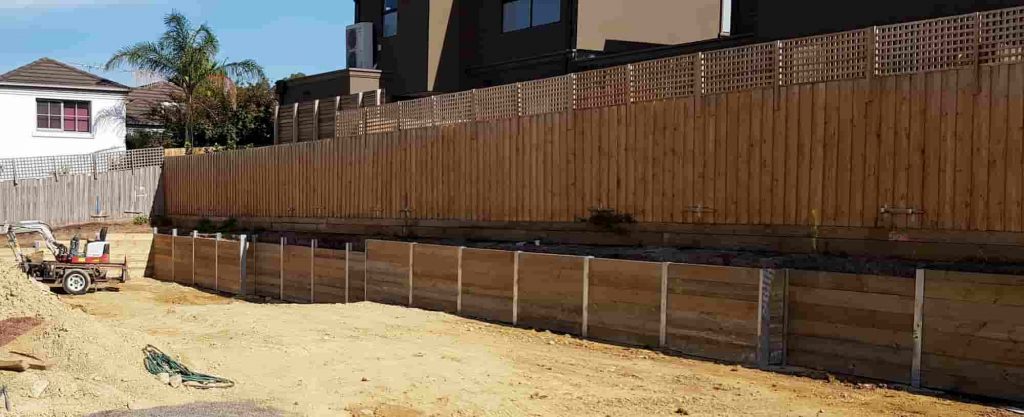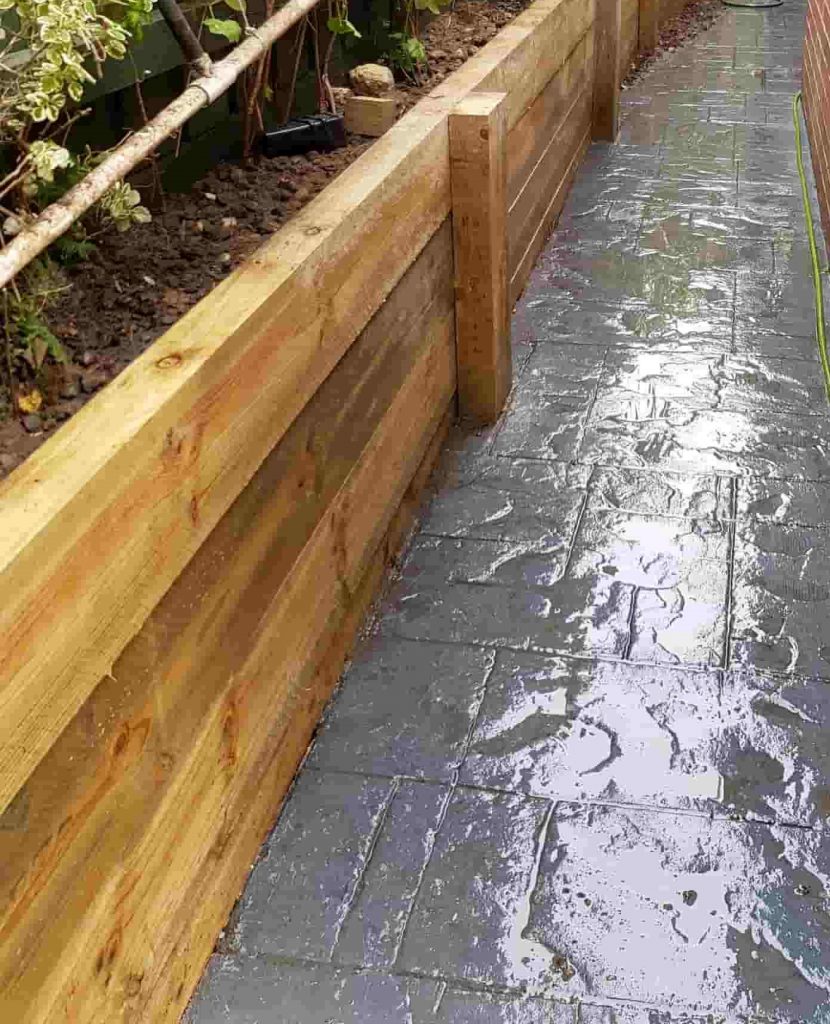Introduction: Building a Greener Future with Maintaining Walls
In today's world, where ecological issues are at the leading edge of societal discussions, it's essential to explore how different industries add to sustainability. Retaining wall builders stand as essential gamers in this story. Through innovative products and eco-conscious practices, they are reshaping landscapes while minimizing their eco-friendly footprint. This short article explores the myriad methods contemporary maintaining wall installers are embracing environment-friendly methods, ensuring that construction does not come at the cost of our planet.
Spotlight on Eco-Friendly Practices by Modern Retaining Wall Builders
Understanding Eco-Friendly Practices in Construction
Eco-friendly practices refer to strategies and methods that intend to minimize ecological harm. In the context of retaining wall building, these methods consist of the use of sustainable materials, waste reduction methods, and energy-efficient procedures. But why should maintaining wall builders appreciate being eco-friendly? The answer is basic: sustainability not just benefits the environment however likewise enhances their credibility and organization prospects.
The Function of Retaining Walls in Landscape Management
Retaining walls serve multiple functions beyond aesthetics; they play an important function in handling soil erosion and water drainage. By executing environmentally friendly practices, retaining wall contractors can boost these functions while lowering their influence on the environment.
Sustainable Materials: The Heart of Eco-Friendly Construction
Concrete Sleepers: A Durable Option with Less Impact
Concrete sleepers are a popular option amongst retaining wall builders due to their durability and adaptability. They're often made from recycled products, which helps reduce waste. Utilizing concrete sleepers decreases the need for wood, preserving forests and contributing positively to the ecosystem.
Timber Sleepers: Sourcing Responsibly
While wood sleepers like H beam, wood sleeper, or timber sleeper deal natural appeal and strength, sourcing them responsibly is vital. Contractors must ensure that wood comes from sustainably handled forests. This dedication not just maintains biodiversity but likewise supports local economies.
Stone: Nature's Timeless Resource
Stone is another product widely utilized in keeping walls. Its long-lasting nature means less replacements over time, making it an environmentally friendly option. Plus, when sourced in your area, it reduces transport emissions significantly.
Innovative Techniques Utilized by Modern Builders
Green Engineering Concepts in Design
Modern retaining wall installers utilize green engineering concepts to create styles that mix effortlessly with nature. This approach guarantees that retaining walls structures support natural environments rather than interrupt them.
Use of Geosynthetics for Soil Reinforcement
Geosynthetics are synthetic products that improve soil stability without intrusive excavation approaches. By using geogrids or geomembranes, specialists can lessen land disturbance and promote natural vegetation growth around keeping walls.

Minimizing Waste Throughout Construction
Prefabrication Techniques
Prefabrication enables building components off-site before carrying them for assembly at the final place. This method substantially lowers waste created during standard building and construction processes.
Recycling Materials
Many contemporary maintaining wall contractors prioritize recycling materials whenever possible. For instance, remaining concrete can be repurposed into aggregate for new projects or even recycled in landscaping features.
Energy Performance in Building Processes
Sustainable Equipment Choices
The machinery utilized by retaining wall contractors can have a significant influence on energy consumption. Going with fuel-efficient equipment or electrical machinery can greatly lower carbon emissions throughout construction.
Integrating Native Plant Species
Integrating native plant types around maintaining walls helps bring back local environments while offering visual appeal. These plants need less water and upkeep than non-native species, making them a sustainable option for landscaping.
Community Engagement: Educating Clients About Sustainability
Educating customers about environmentally friendly practices fosters a culture of sustainability within neighborhoods. When clients understand the benefits of ecologically conscious options-- like going with concrete sleepers or stone-- they're more likely to invest in sustainable solutions.
Certifications and Standards for Sustainable Practices
Many companies provide accreditations that acknowledge sustainable building practices within the industry. Examples include LEED (Leadership in Energy and Environmental Design) certification, which motivates contractors to abide by stringent ecological standards.
Case Research studies: Effective Executions of Environment-friendly Practices
Examining effective projects can inspire others within the market to embrace similar practices. For example:
- A task using recycled concrete sleepers demonstrated expense savings alongside ecological benefits. Another case highlighted how utilizing native plants enhanced biodiversity around newly built retaining walls.
Economic Advantages of Eco-Friendly Retaining Wall Solutions
Investing in environmentally friendly options might have an upfront expense but results in long-lasting savings through minimized upkeep requirements and increased property worth due to improved landscape aesthetics.
Overcoming Obstacles in Adopting Environmentally Friendly Methods
Despite increasing awareness about sustainability, some obstacles persist:

However, informing clients about long-term advantages can assist get rid of these objections.
FAQs About Eco-Friendly Practices by Modern Retaining Wall Builders
What products are best for environmentally friendly maintaining walls?- Sustainable choices include concrete sleepers made from recycled content, properly sourced wood sleepers, and in your area sourced stone.
- Look for professionals who display experience in sustainable practices and have relevant accreditations or favorable reviews concerning their environmental efforts.
- Yes! Lots of governments offer tax credits or rebates for eco-friendly building jobs that promote sustainability.
- Absolutely! Native plants are adapted to regional climates and soils; they usually require less water and upkeep compared to non-native species.
- Effective waste management through recycling methods lessens land fill contributions and promotes resource effectiveness throughout building and construction projects.
- Yes! Existing structures can typically be updated by including sustainable landscaping functions or using greener materials when repair work are needed.
Conclusion: The Path Forward Towards Sustainable Retaining Wall Construction
As we have actually explored throughout this short article, modern maintaining wall builders hold substantial potential to influence environmental stewardship through their practices-- from choosing sustainable products like concrete sleepers or stone to using innovative design techniques that boost environmental health. By focusing on education and neighborhood engagement surrounding these topics, they not only enhance their business prospects but also contribute favorably towards developing a greener future for generations ahead.
Ultimately, welcoming eco-friendly practices is not simply a trend; it's ending up being progressively important as we browse difficulties related to environment change and urbanization-- making it important for every single diligent home builder out there!